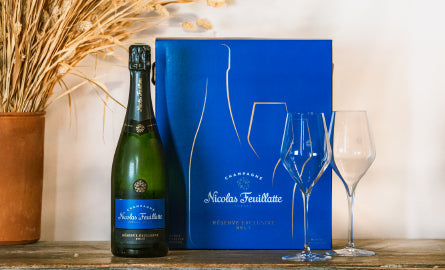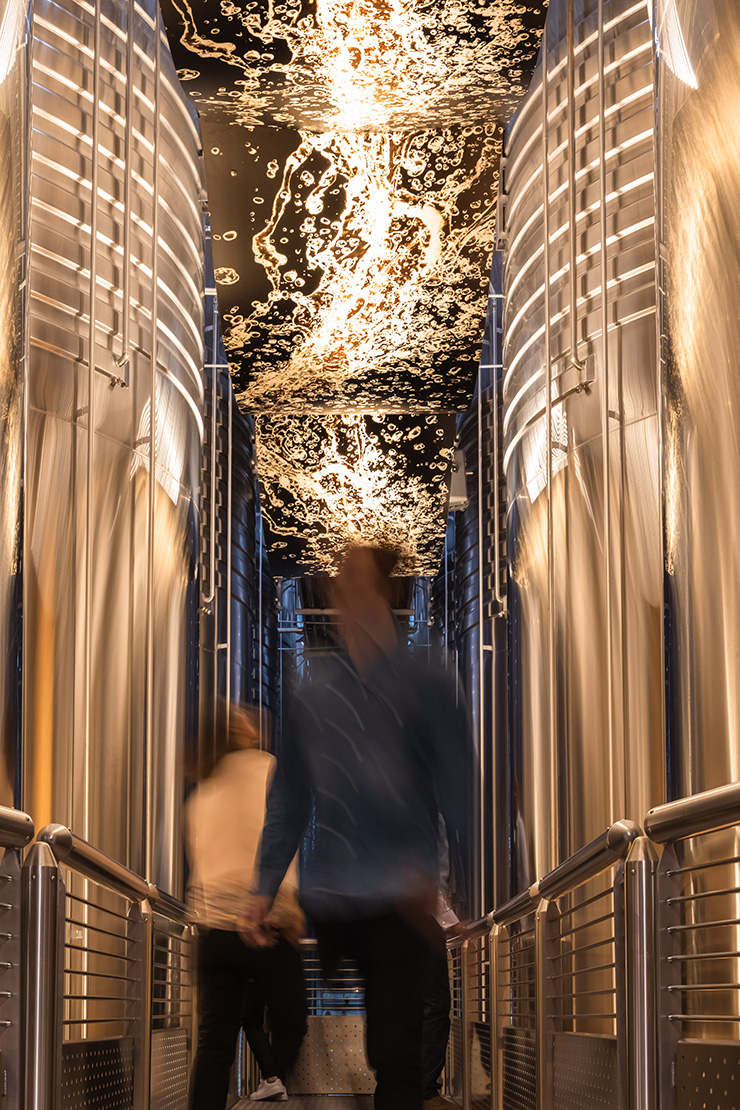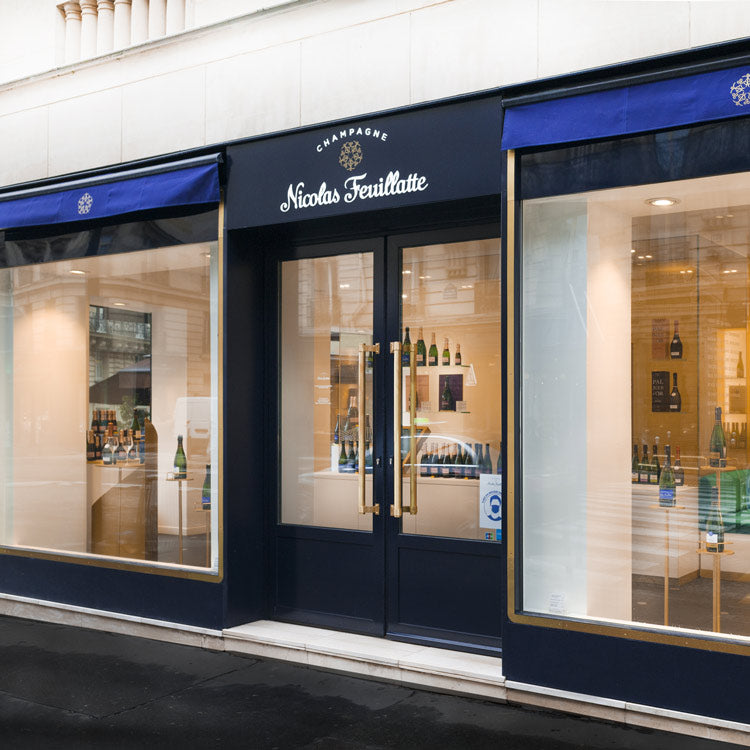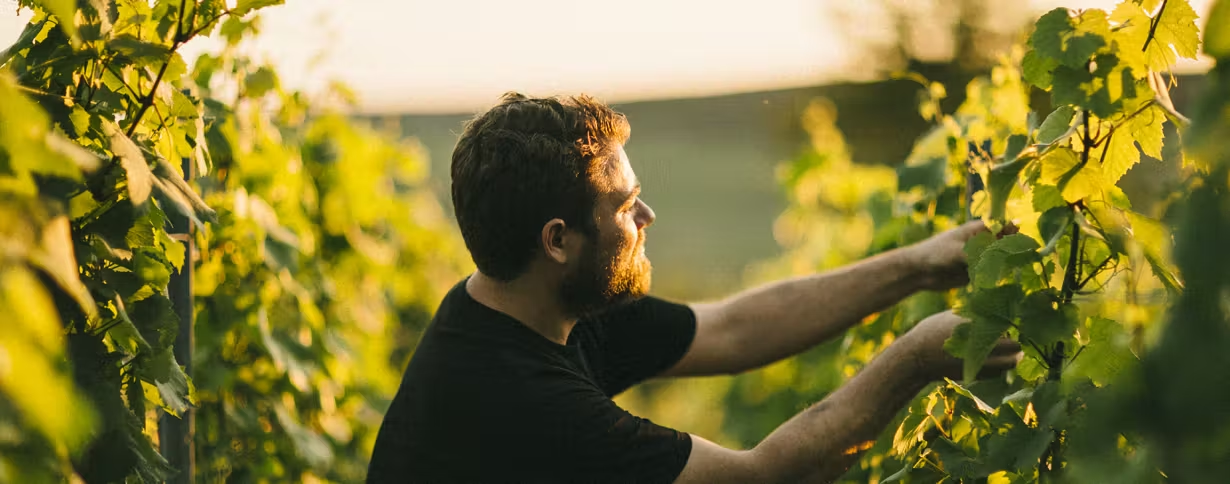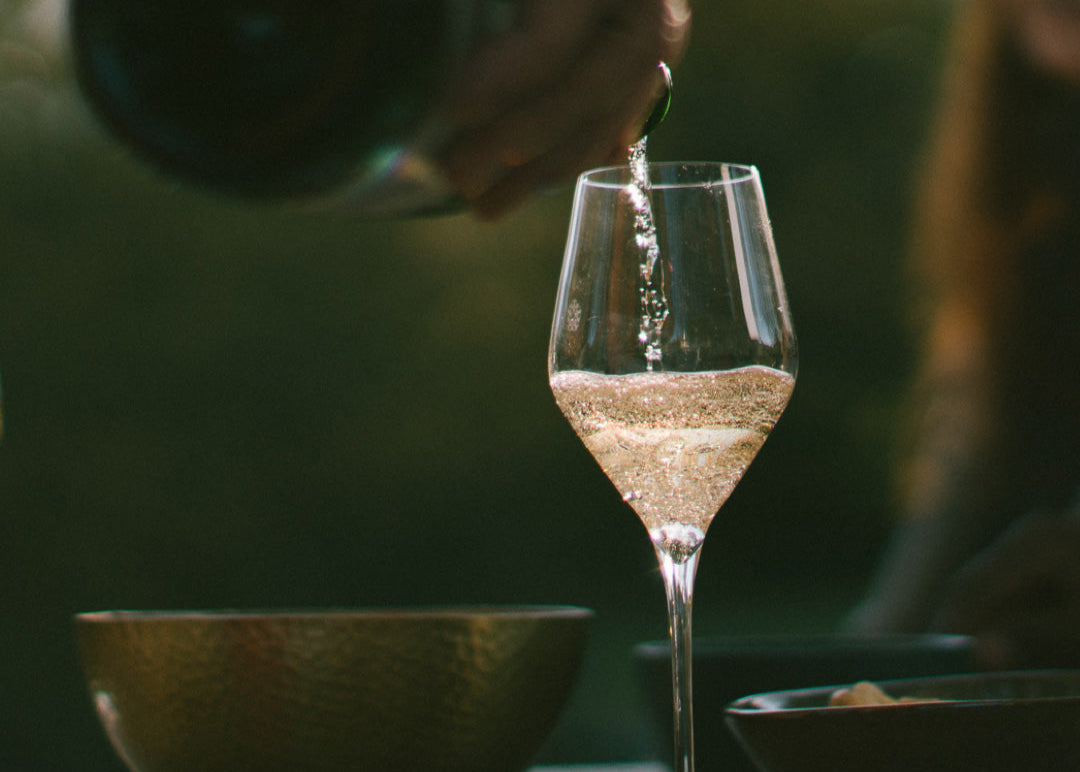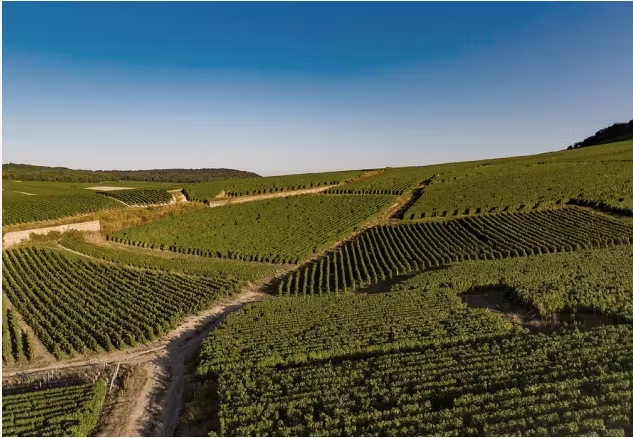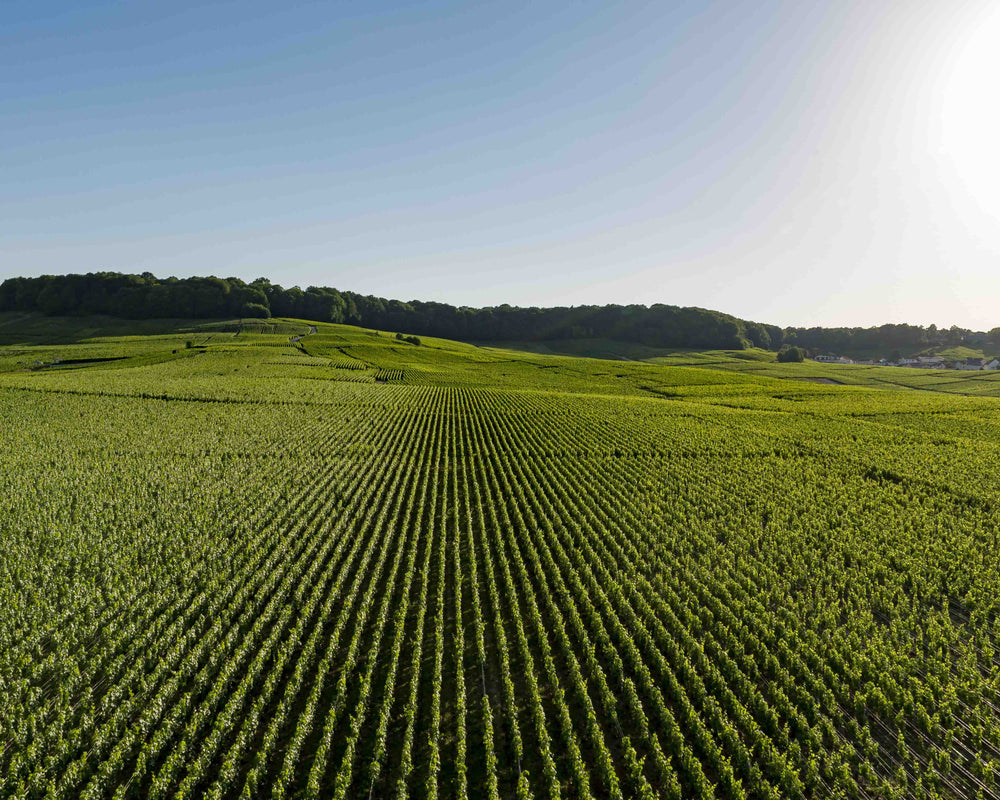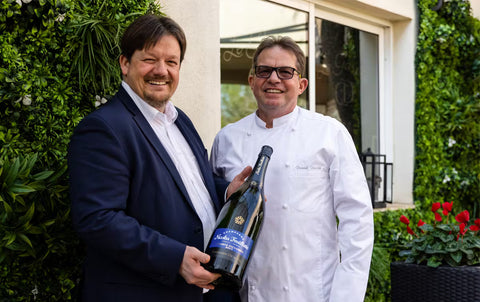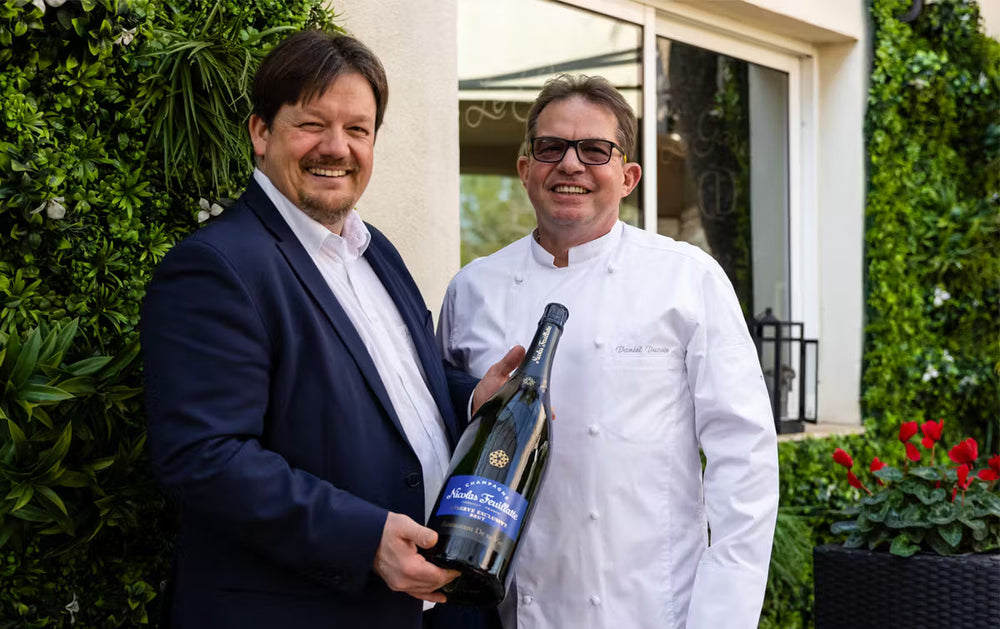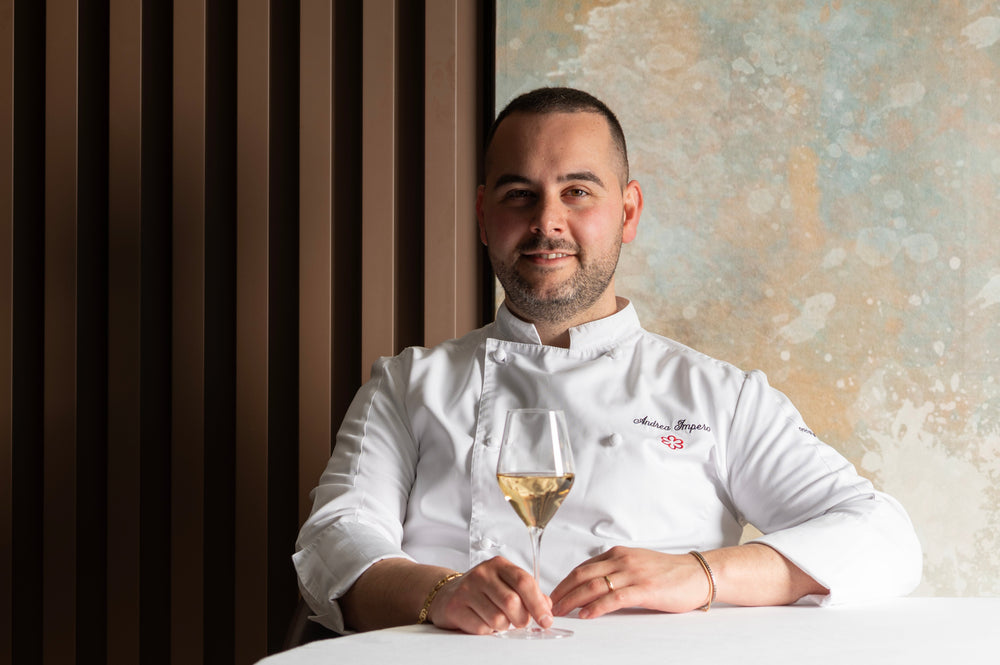The vineyard lives to the rhythm of the seasons. A perpetual and necessary cycle that ensures its sustainability. We invite you to learn more about these highlights that punctuate the life of the Champagne vineyard.
Work in stages
After pre-pruning in autumn, pruning at the end of March/beginning of April and necessarily before flowering, takes place Tying, another manual operation which consists of attaching the vine shoots to the support wire to prevent the vine from growing uncontrollably and to give shape to the vine. Thus disciplined, the vine begins its development.
After the start of vegetation, the maintenance of the vines continues with various works intended to control yields and promote quality.
Disbudding, usually carried out by hand in mid-May, aims to eliminate superfluous young shoots in order to promote fruit-bearing branches. This will optimize the flow of sap, aerate the vegetation and ultimately promote fruiting.

When the branches reach about 50 centimeters and before the cluster closes, it is obligatory to carry out the lifting so-called “lifting” wires located approximately 30 cm above the support wires.
The threads raised, the trellising can begin in June. It consists of separating the branches from each other, ordering them and containing them between the wires held by staples. This better distribution of the foliage allows it maximum sunshine and good ventilation while avoiding rot. This is generally a manual operation, fundamental for the Champagne vine because its high planting density generates a large leaf surface which needs to be spread over the entire length between two feet and over the entire height.

Would you like to know more about the champagne production steps?
Read the dedicated article


